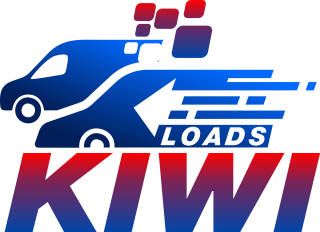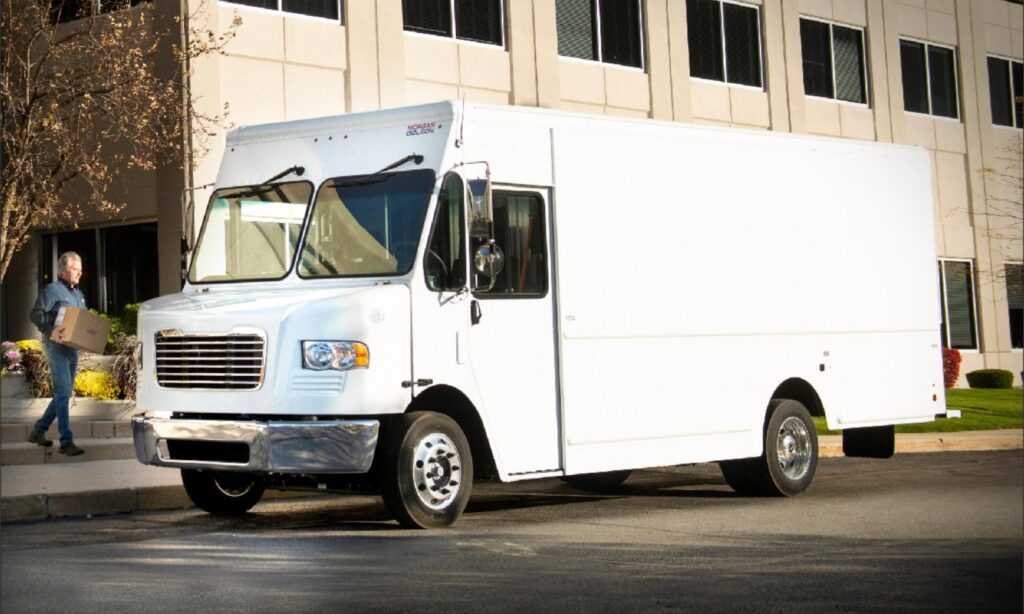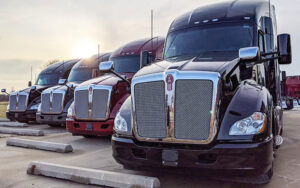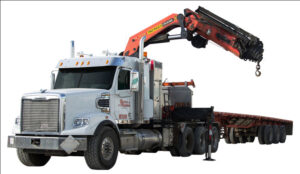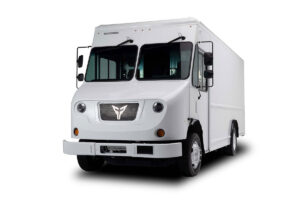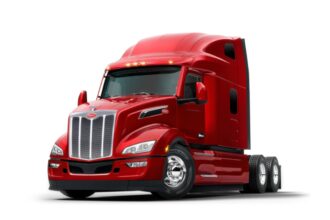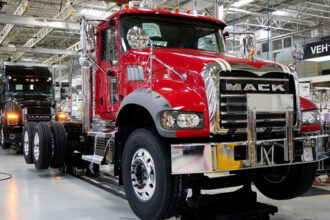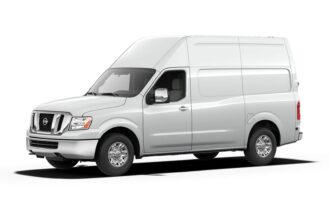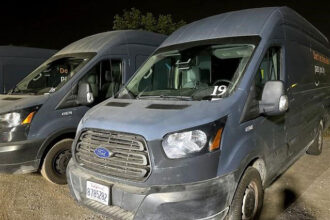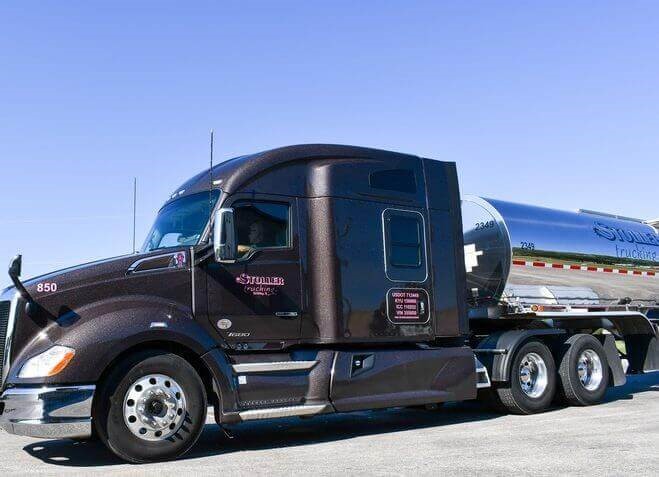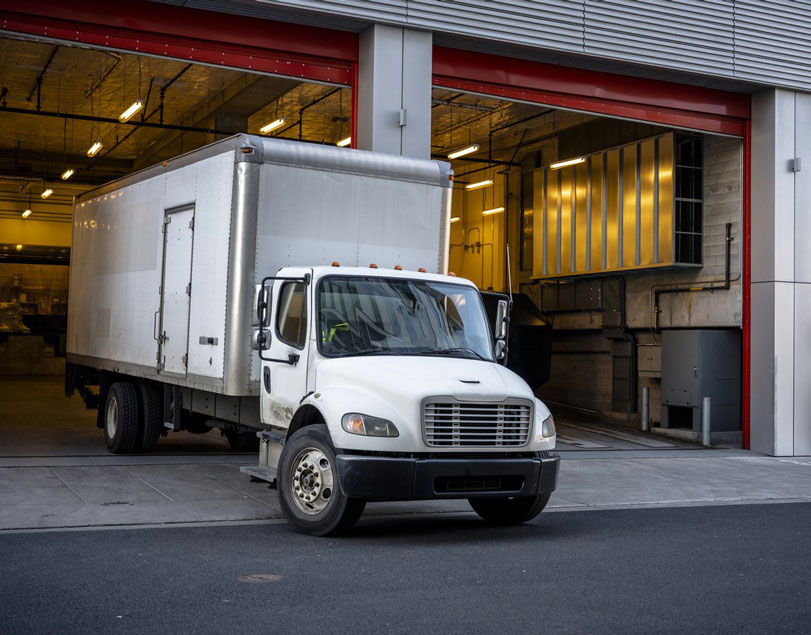Table of Contents
Getting authority for your step van is a crucial step if you’re planning to operate it as a business or transport goods for commercial purposes. Why do you need authority for your step van, how can you obtain it, and what’s the reasoning behind it? You asked, right?
Why do you need authority for your step van?
Authority, which means operating authority or motor carrier authority, is essentially your permission slip to legally transport goods for hire. Meaning it’s your official stamp of approval from the government that says you’re allowed to operate your step van as a business.
Firstly, it’s the law. Operating a commercial vehicle without the proper authority can lead to hefty fines, legal troubles, and even the suspension of your vehicle. So, from a legal standpoint, it’s non-negotiable.
Secondly, it ensures safety and reliability. The government regulates carriers to make sure they meet certain safety and insurance requirements. This means you’re held to a standard that protects not only your business but also the people and goods you’re transporting.
How can you get authority for your step van?
To obtain authority, you need to apply to the Federal Motor Carrier Safety Administration (FMCSA) in the United States. The process involves filling out forms, paying fees, and providing necessary documentation such as insurance and proof of financial responsibility. Note that you must have at least $300 before you can apply for your step-van authority.
Obtaining authority for your step van is the foundation of a legitimate and safe transportation business. It’s not just a piece of paper; it’s your ticket to operating legally, ensuring safety, and gaining trust in the industry. So, don’t cut corners, follow the process, and get rolling with the authority you need.
1. Apply for an MC Number
To obtain authority for a step van, apply for an MC number.
If your business engages in interstate transportation, it is imperative to adhere to regulatory requirements. To operate legally, you must apply for an MC (Motor Carrier) number via the Federal Motor Carrier Safety Administration (FMCSA). This number serves as a crucial identifier, allowing authorities to monitor and regulate your activities.
Obtaining an MC number involves a structured application process. You need to provide comprehensive information about your business, including its name, address, and type of cargo transported. The FMCSA scrutinizes these details to ensure compliance with safety standards, insurance, and other federal regulations.
Failure to obtain an MC number or operate without one can result in severe penalties, including fines and business disruptions. Therefore, it is essential to follow the appropriate channels and secure your MC number promptly to maintain a lawful and efficient interstate transportation business.
2. Obtain a DOT Number
To get Authority for your step van, obtain a DOT number.
To ensure compliance with regulatory requirements, it’s imperative to assess whether your specific location and business operations necessitate a DOT (Department of Transportation) number. This numerical identifier is essential for tracking and monitoring commercial vehicles engaged in interstate commerce.
Applying for a DOT number involves a straightforward yet vital process. You typically need to submit an application to the appropriate regulatory body. This number helps track and monitor your business activities, ensuring safety and accountability within the transportation sector.
Before you start your operations, verify the requirements in your jurisdiction, as failure to obtain the necessary DOT number can result in legal complications and penalties. So, make sure you check and, if required, promptly apply for your DOT number to maintain the integrity of your business operations.
3. Apply for Federal Motor Carrier Safety Administration
To secure authority for a step van, apply for FMCSA.
Fill out the OP-1 and BOC-3 forms and pay the application fee. You need to provide truck details (like VIN, year, and weight), a tax ID number, incorporation information, and license plate details (if necessary).
Afterward, complete the MCS-150 and Safety Certification Application to obtain your USDOT Number, essential for interstate freight transport.
Submit proof of insurance and your BOC-3 form, designating a process agent to handle legal documents in any state where you operate.
The FMCSA may review your application and send approval when it’s granted.
4. Secure your UCR permit
To acquire authority for a step van, secure your UCR permit.
Utilize your USDOT and MC numbers to initiate your Unified Carrier Registration (UCR) application. This crucial system confirms your active insurance coverage in the states where your operations occur.
Don’t forget to apply for your UCR permit to operate legally and ensure you’re informed about the UCR system’s requirements.
5. Enroll In a Drug and Alcohol Testing Program
To meet FMCSA and DOT requirements, enroll in a drug and alcohol testing program. Both the FMCSA and DOT mandate that motor carriers demand negative drug tests before hiring drivers.
Stay informed about the intricate rules and regulations governing drug and alcohol testing by visiting the FMCSA website. Moreover, it’s vital to note that supervisors of commercial drivers must complete two hours of controlled-substance training.
Additionally, ensure you appoint supervisors of commercial drivers to undergo two hours of controlled-substance training. These measures are indispensable for maintaining a secure and compliant transportation operation.
6. Secure Insurance
To acquire an authority for a step van, secure insurance.
To safeguard your step van and business interests, it’s paramount to secure the right insurance coverage. Begin with commercial auto insurance, a fundamental shield for your vehicle. This policy guards against accidents, property damage, and bodily injury liability, ensuring you’re financially protected on the road.
Moreover, consider cargo insurance, especially if you transport valuable goods. Cargo insurance shields your cargo from theft, damage, or loss during transit, reducing potential financial setbacks. By procuring both types of insurance, you exhibit prudence in mitigating risks and complying with legal requirements. Remember, investing in comprehensive insurance is a prudent step in securing the future of your step van business.
>>>GET SMARTER: How to File a BOC-3 Form
7. Acquire Operating Authority
To get authority for a step van, acquire operating authority
To navigate the intricate world of commercial trucking, you must discern the specific operating authority required. This regulatory landscape defines three primary categories: common carrier, contract carrier, and private carrier. Each bears distinct obligations and privileges.
Common Carrier
These are trucking companies that transport goods for the public at large. It must obtain a Motor Carrier Number (MCN) from the Federal Motor Carrier Safety Administration (FMCSA). It’s obligated to adhere to stringent safety regulations and maintain proper insurance.
Contract Carrier
This designation is for companies providing services under contract with specific customers. While it needs FMCSA registration, its operations are not open to the general public.
Private Carrier
Private carriers transport their goods exclusively. It does not need FMCSA operating authority but must comply with safety regulations.
To legally engage in interstate commerce, you must secure the appropriate authority through the FMCSA. It’s essential to select the right category based on your business model and objectives, as this choice significantly impacts your regulatory requirements and operational scope.
8. Comply with Safety Regulations
To quickly obtain authority for a step van, comply with safety regulations.
To maintain safety in step van operations, ensure your step van adheres to safety regulations, including regular inspections, maintenance, and driver qualification standards.
Regular inspections serve as the frontline defense, ensuring that the vehicle remains roadworthy. Comprehensive check-ups detect potential issues before they escalate, averting accidents and costly repairs.
Meticulous maintenance is the backbone of reliability. Timely oil changes, brake inspections, and tire rotations keep the step van in optimal condition, enhancing its longevity and safety.
Driver qualification standards complete the circle. Well-trained and qualified drivers reduce accident risks, promoting safety for all road users.
Recap
In conclusion, securing authority for your step van is an essential step in the journey of becoming a successful step van owner-operator. Authority, in the trucking world, is your license to operate legally, and it’s your ticket to hauling goods and making a profit.
This authority typically comes in the form of either a motor carrier authority (MC) or a broker authority (MC/FF). Your choice depends on whether you want to work directly with shippers or through freight brokers.
Remember, this process involves rigorous paperwork, adherence to regulations, and financial responsibilities. It’s not to be taken lightly. But with the right mindset and a commitment to compliance, you can navigate the bureaucratic maze and emerge with the authority you need.
In the end, authority isn’t just a piece of paper; it’s your ticket to a successful step-van business. So, stay informed, stay compliant, and drive your way to success in the world of step van ownership!
